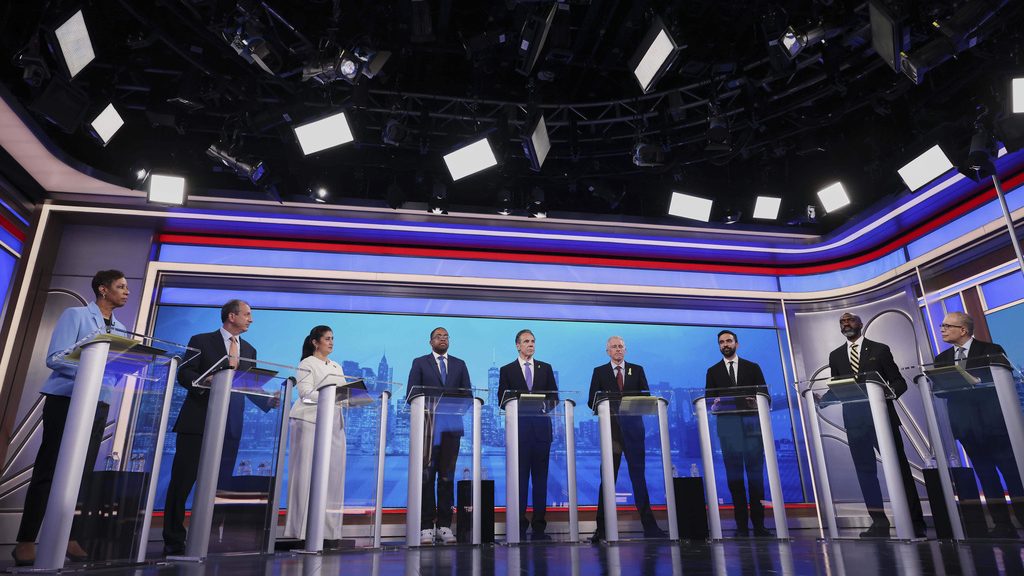This is the last weekend for early voting in New York City’s primary elections. Those officially take place on Tuesday. New Yorkers can vote for city officials like mayor, public advocate, comptroller and more — all using ranked-choice voting.
But what exactly is ranked-choice voting?
It was first implemented in the 2021 primary elections, after New Yorkers passed a 2019 ballot measure to use ranked-choice in primary and special elections for city officials. Proponents of ranked-choice voting say it gives voters more power and forces candidates to acknowledge common ground among themselves.
In the city’s primary elections, New Yorkers can rank their top five candidates for each city office. Although voters can rank fewer than five candidates, their top-choice candidate could be eliminated as votes are counted. New Yorkers can practice this ranking process on NYC Votes’ website.
More Decision 2025
When votes are counted, they initially go toward voters’ first-choice candidates. But if no candidate receives more than 50% of the total vote, the candidate with the fewest first-choice votes is eliminated and their votes are redistributed to voters’ second-choice candidates. This process is repeated until only two candidates remain. Of those two, the candidate with the most votes wins the election.
Scroll below to see how your vote could move between candidates in a ranked-choice voting scenario.






0 Comments